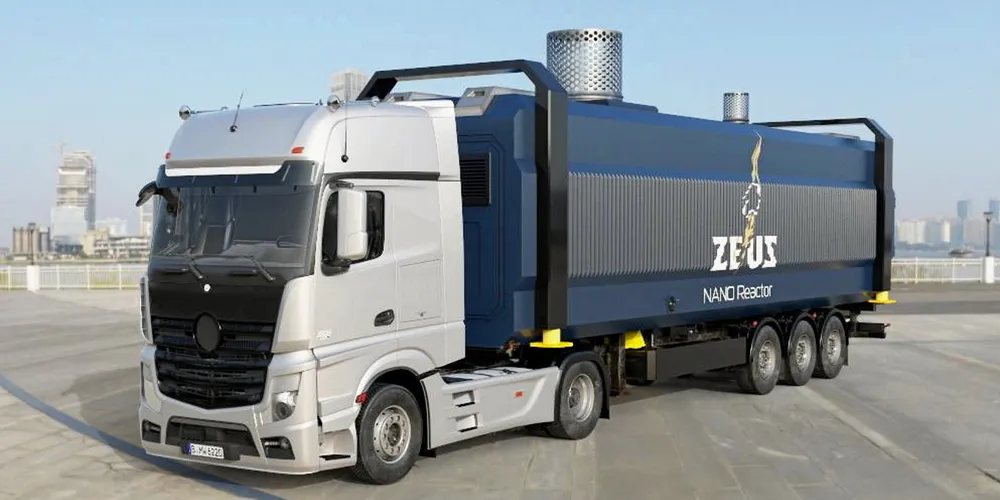Neighbourhood nuclear? Trucking navy sub reactors to your doorstep 'could be a trillion dollar industry'
Micro-reactors of sub-20MW can be deployed to power remote communities and industries now dependent on diesel

Micro-reactors of sub-20MW can be deployed to power remote communities and industries now dependent on diesel
